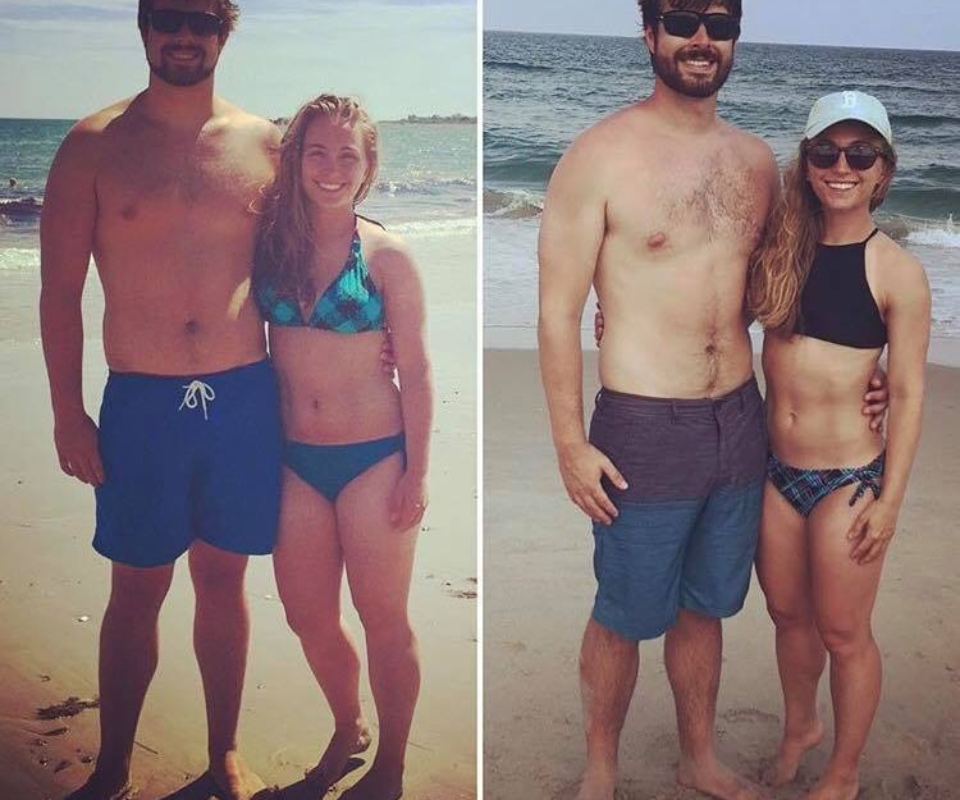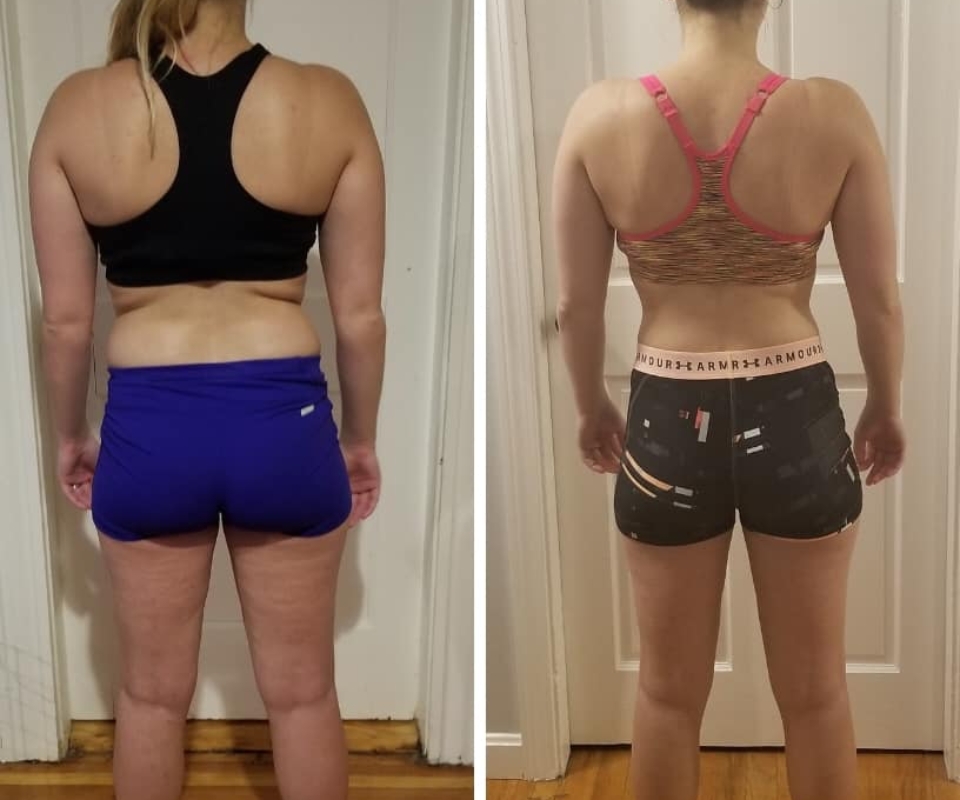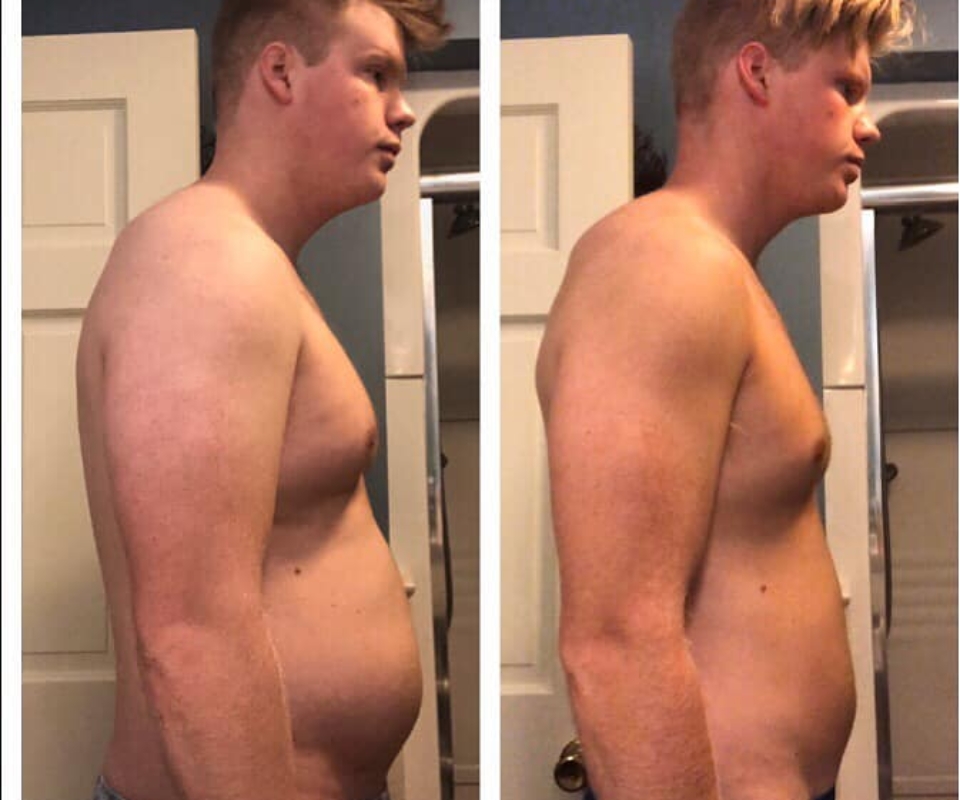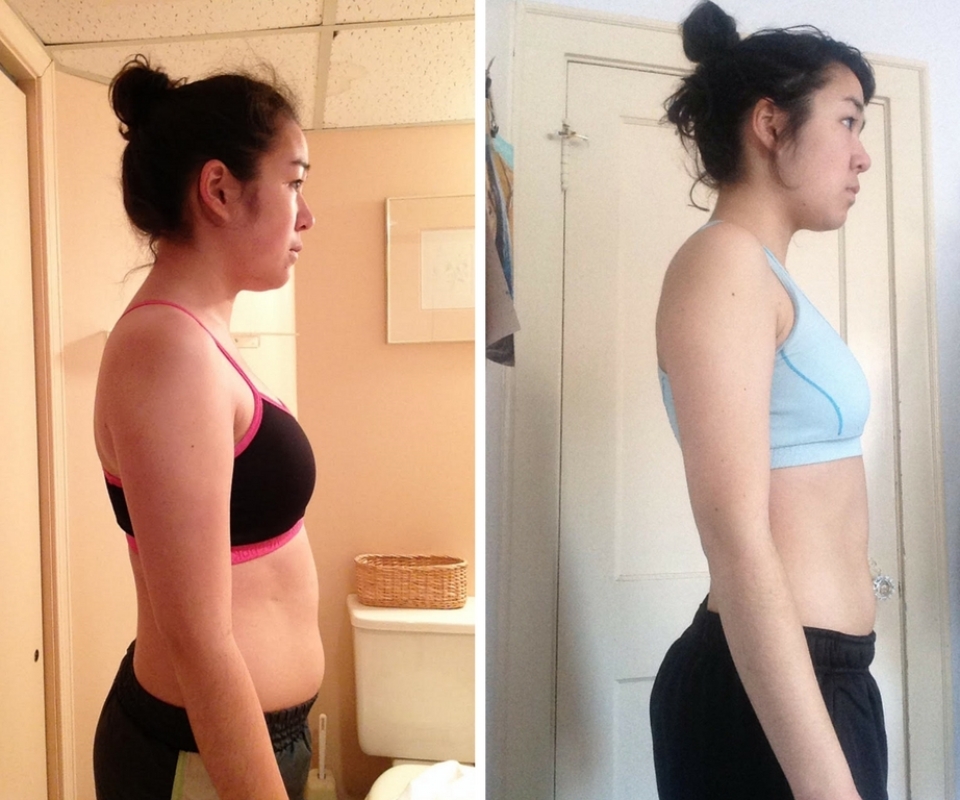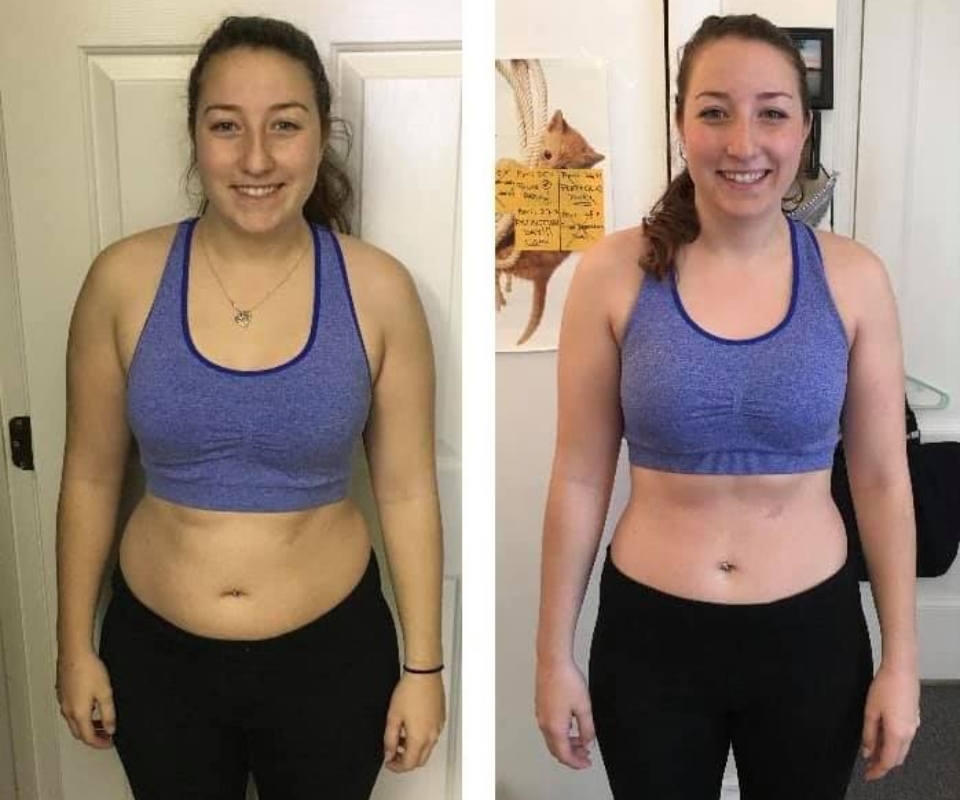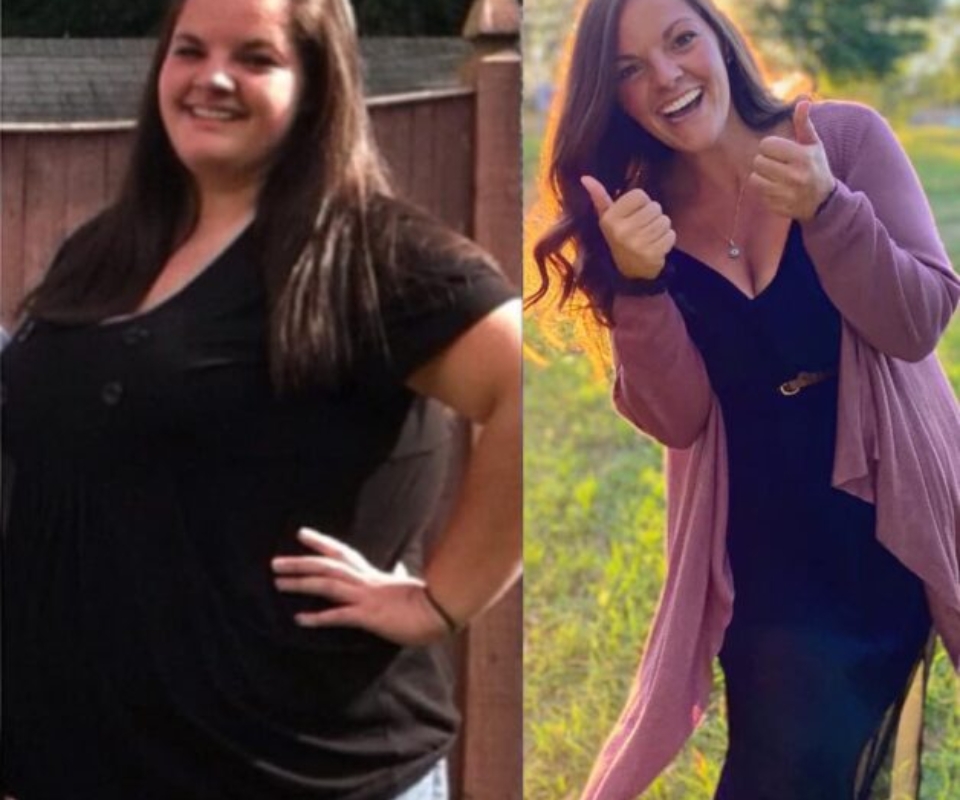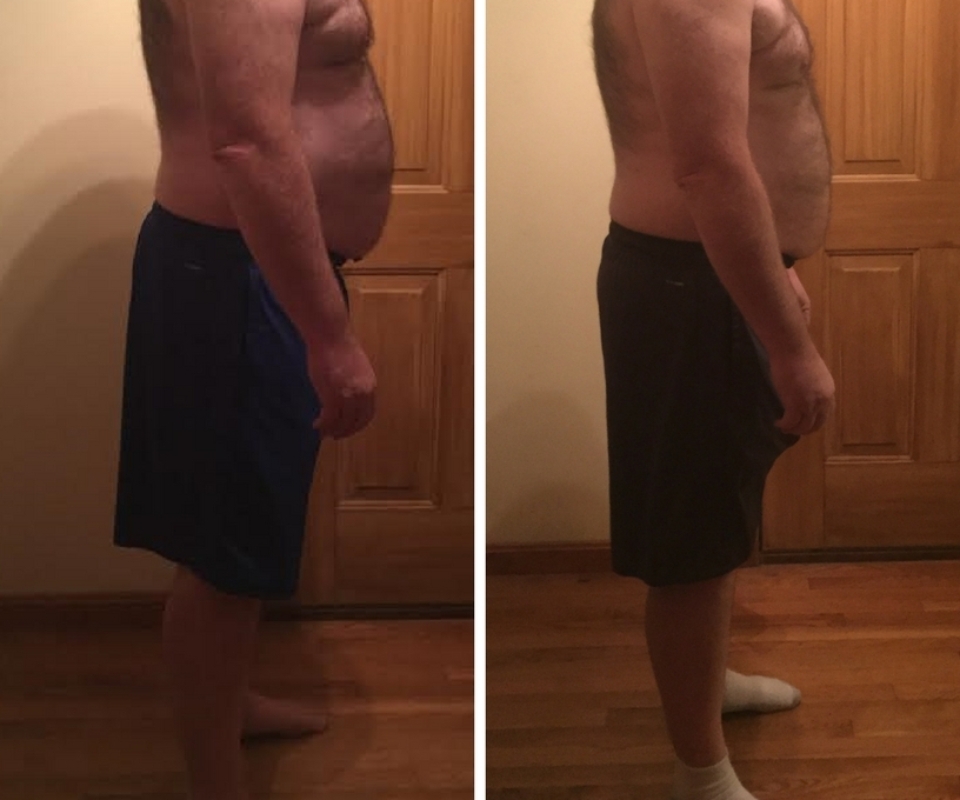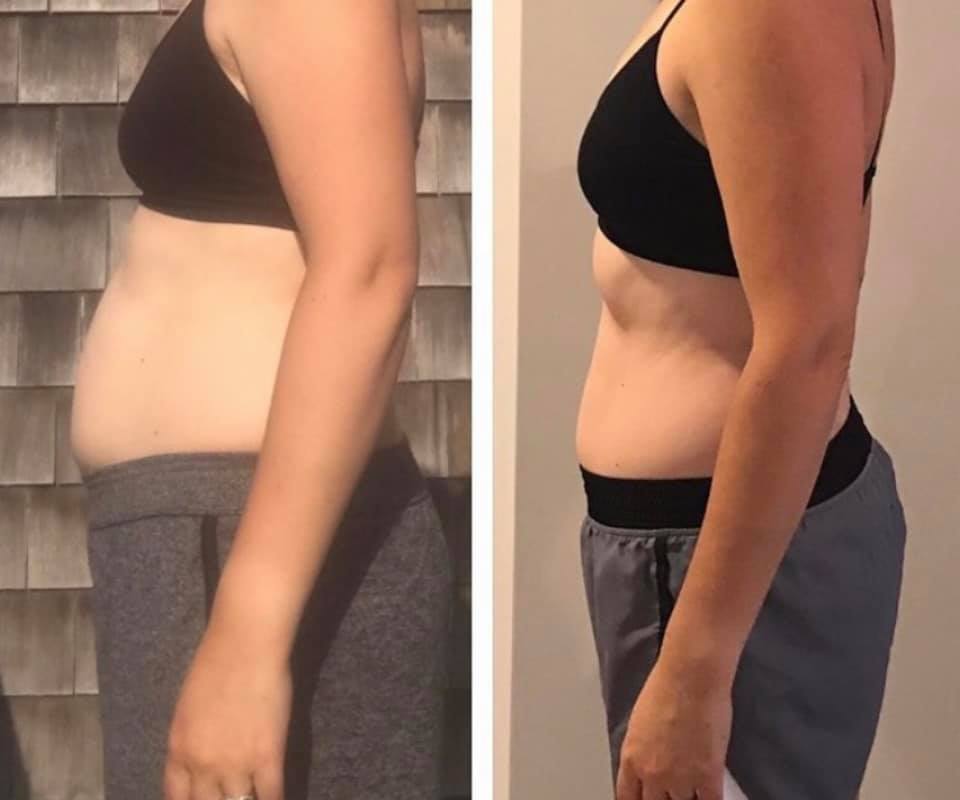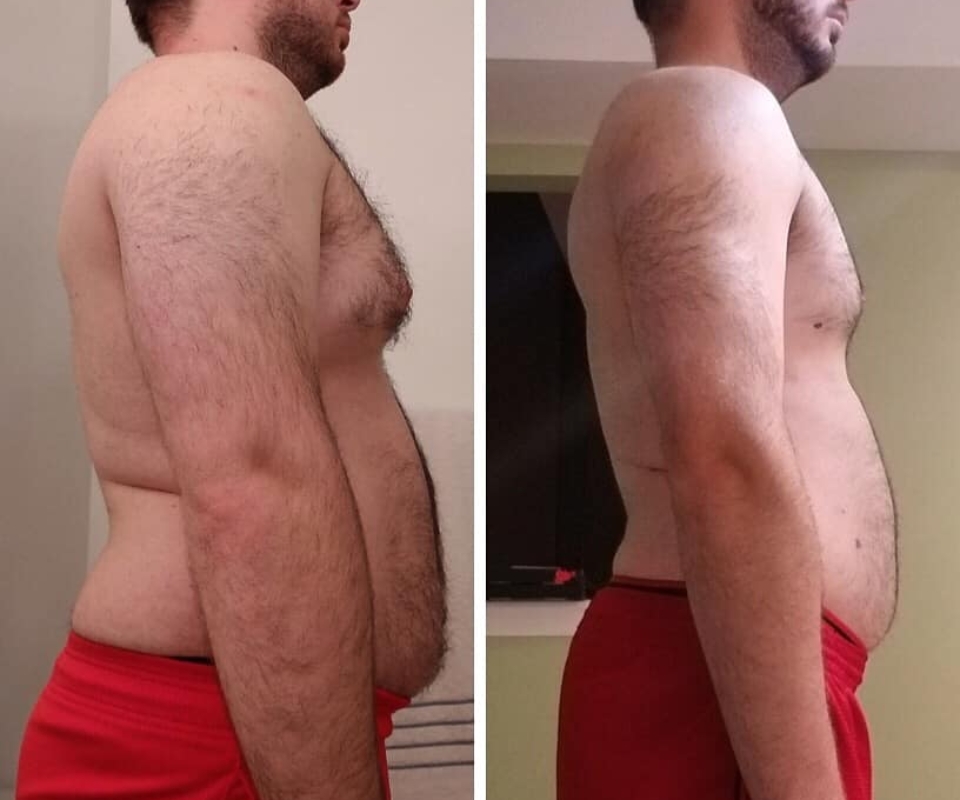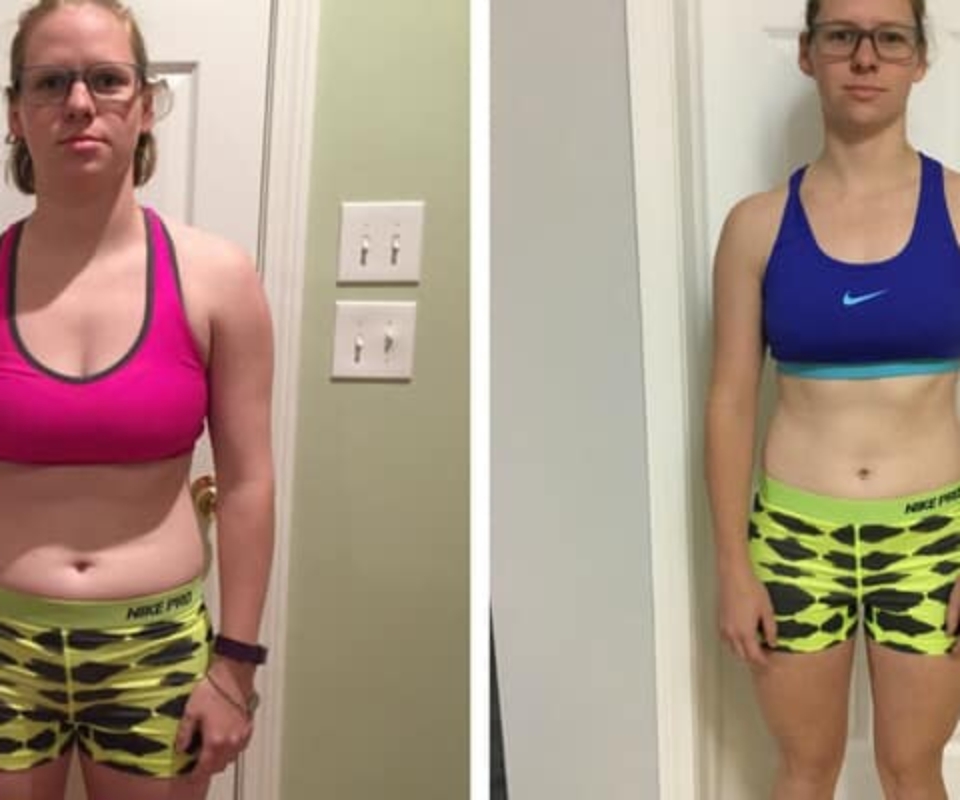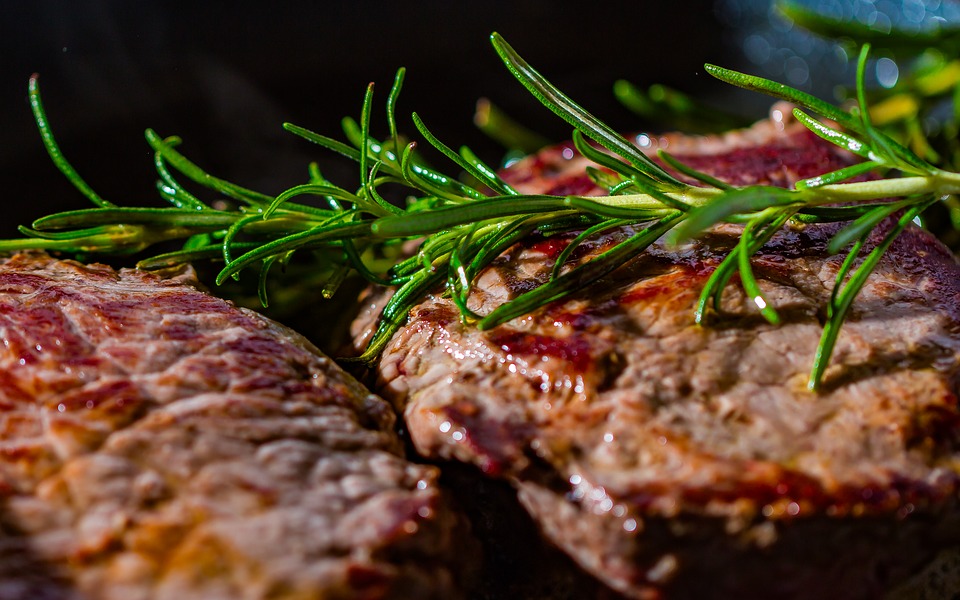Every diet you’ve tried—keto, carb cycling, Whole30, intermittent fasting, Weight Watchers—works the same way.
And I mean every.
Whether it’s marketed or not, they put you in a calorie deficit: where you burn more calories than you take in.
Science has proven (time and time again) that you will lose weight 100% of the time if you’re truly in a deficit.
Also, there’s a reason I mention marketing: most mainstream diets won’t even mention a calorie deficit. To them, it’s “unsexy” and won’t sell.
But you’re not here for fluff, and the truth of the matter is, counting calories is the most efficient way to facilitate weight loss. It takes the guesswork out of whether you’re in a calorie deficit. Done correctly, you’ll know exactly how many calories you’re consuming, and if you can expect results.
Take it from my clients:
Before we dive into X’s and O’s, I need to address something: a lack of buy-in. Most dieters don’t commit to this—in the form of inconsistent, half-assed counting—and claim counting calories “doesn’t work.” They blame:
• Age
• Metabolism
• Carbs
• Sugar
They don’t realize (or admit) that the real culprit is overeating.
Tell me—if you were in debt, would you ever check price tags after leaving the store? Would you guess prices when making purchases? Would you keep a budget when you “felt motivated” and get mad you’re not financially flourishing?
Of course not.
But that’s what you’re doing when you…
✕ Look up the calories after eating
✕ Guess calorie totals
✕ Track when you feel like it
While the body isn’t a perfect math equation, and there are (obviously) other factors at play, it’s largely a numbers game—and calories always count, even if you’re not counting them.
So it’s in your best interest to get good at it.

Don’t worry: phone apps (like MyFitnessPal) make tracking a breeze
So let’s dive in…
Step #1: Establish your calorie range
Notice I said range.
I rarely, if ever, give clients a strict limit—as it doesn’t account for fluctuations in hunger, splurges, and execution. So I offer a 100-200 calorie range (ex. 2,000-2,200 calories) to offer flexibility.
In general, 10-11 times bodyweight is a decent starting range for weight loss goals. For example:
• 1,400-1,540 calories at 140 pounds
• 1,600-1,760 calories at 160 pounds
• 1,800-1,980 calories at 180 pounds
• 2,000-2,000 calories at 200 pounds
• 2,200-2,420 calories at 220 pounds
If you want a more precise starting estimate: use THIS calculator (which accounts for activity levels). But remember that no calculator takes into account dieting history, stress levels, and a host of other factors that impact your calorie needs. You’ll find this out over time.
Step #2: Track precisely
Most of my clients use MyFitnessPal for this.
Throughout the day, you’ll log everything you consume (including liquid calories), and it’ll add up the calories for you. That said, you MUST log portions correctly—or you may be wasting efforts.
For example, an apple might be 80-140 calories, depending on its size. If you log low (as most people do), you’ll think you’re eating within range, but you won’t make progress. So you NEED to weigh your portions to ensure tracking accuracy.
Other considerations:
• My most successful clients plan the next day’s nutrition before bed
• Measuring cups and spoons are subpar alternatives (as they measure volume and not weight)
• Reducing meals out is generally in your best interest
But know that there IS a way to track accurately when eating out without your scale.
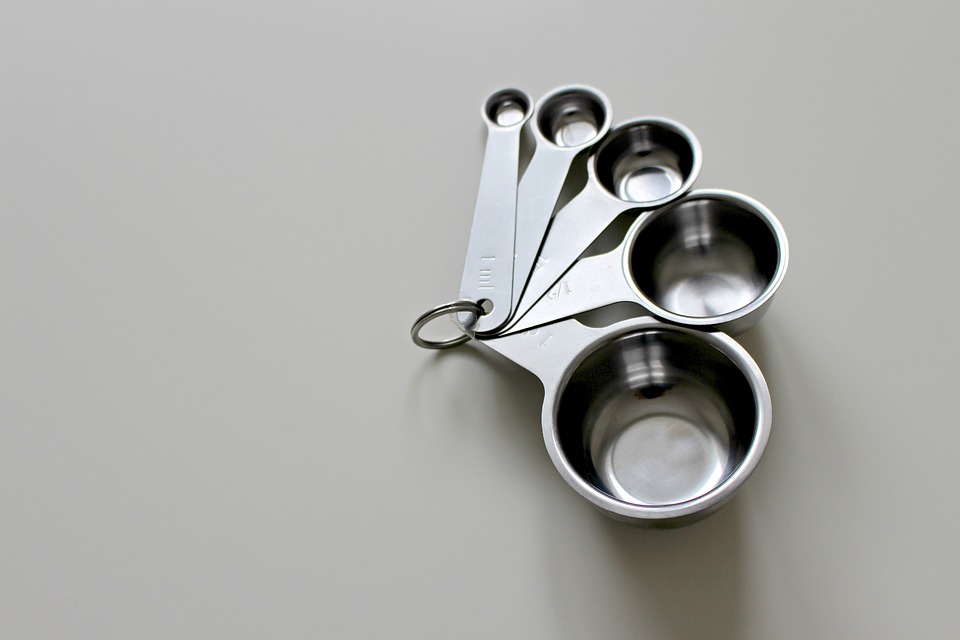
Measuring cups and spoons aren’t accurate enough
Step #3: Weigh in daily
I know, I know—an article suggesting calorie counting AND weigh-ins?
I’m a monster!
Unfortunately, the law of thermodynamics (calories in versus calories out) doesn’t care if these stress you out—so it’s best to develop an emotionless relationship with data… and that’s all this is: data.
You’ll weigh in every day, first thing in the morning, before consuming anything. You’ll record your daily weigh-ins and calculate a weekly bodyweight average (daily fluctuations don’t matter).
I can’t stress enough that daily fluctuations do NOT matter. They don’t measure body composition—only changes in sodium, gut content, bowel movements, menstrual cycles, and more. It’s not useful data.
Step #4: Assess your averages
After 3+ weeks* of consistent tracking and weighing, you’ll assess your bodyweight averages.
*Do NOT do this step if you haven’t been consistent with Step #2.
In general, if you’re losing .5-1 pounds per week, you’re in a good place. Seems slow, I know—but it’s still 25-50 pounds per year: a life-changing pace. There’s no need to modify calories if you’re losing weight at this pace.
If you’ve lost nothing, there’s a 99% chance you’re eating more than you think (accidentally or not). Revisit Step #2 (tracking precisely) for 3+ weeks, then reassess. Afterwards, if you’re still not losing, assess measurements OR drop calories by ~10%.
If you’re losing much more than 1-1.5 pounds per week, routinely, you’re likely losing muscle, and risking regain. I’d increase your range by 150-250 and slow your roll.
That’s exactly how these clients did so well:
BONUS: Be (MUCH) more patient
I can’t stress this enough.
Most dieters count calories for twelve hours, don’t lose 100+ pounds, throw a fit, and (A) drop calories OR (B) quit counting altogether. But calorie counting is a skill and your body doesn’t care what you want.
(Fun fact: I rarely drop client calories more than 2-3 times per YEAR.)
You have to develop this skill, over time—I’m talking months and years—and “ride the wave” of fluctuations. Even if you execute perfectly, progress isn’t linear.
So sit back, commit to the process, and let progress play out.
It’s worth repeating: butchering Step #2 (tracking precisely) is the number one reason people don’t make progress when calorie counting—and it’s not even close. That’s why I wrote an entire article on using a scale.
Finally, you’ll notice I mentioned weight loss—not fat loss. While people use these interchangeably, there’s a meaningful difference. Weight loss includes muscle and water; fat loss doesn’t.
What we’re REALLY after is fat loss.
And getting enough protein is a big piece of this puzzle. If you don’t, you risk muscle loss and excessive hunger—and I’d hate you to feel anything but lean, strong, and healthy.
Which is why I wrote Protein Power-Up: an easy-to-use guide on the same protein-increasing strategies I offer my most successful clients… and I’m giving away complimentary copies. Simply tell me where to send it:


